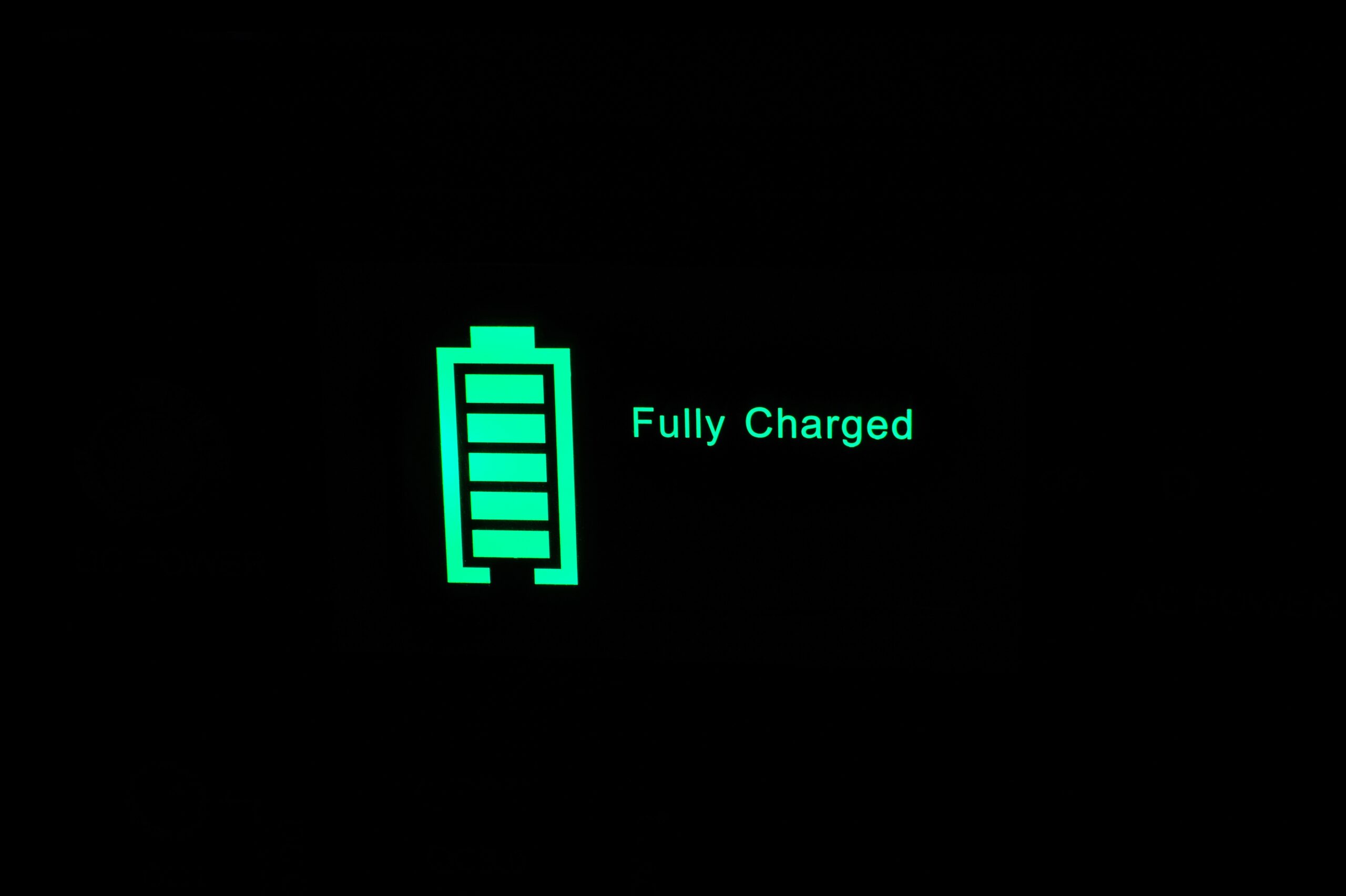In the battle to stabilize the global climate, few weapons are more important than batteries. They will power the transportation of tomorrow and store energy for cloudy and windless days. They could play a major role in industrial decarbonization, as electricity replaces fossil fuels to power the physical economy. The sweeping vision of batteries’ role in the modern world could see their market size quadruple between 2021 and 2030.
Before these predictions can come true, however, the battery market needs to overcome significant hurdles. 2022 was a tumultuous year for the sector—one in which prices rose for the first time since robust tracking began. This has raised questions about future technological development as battery makers look to novel chemistries and enhanced production processes to cut costs, all the while not just maintaining, but increasing, reliability, safety, range and cycle life.
Demand-supply mismatch
The price surprise of 2022 was the result of compounding disruptions, alongside a massive increase in demand. The year began with pandemic-crippled supply chains being knocked on their sides again by Russia’s invasion of Ukraine. This gummed up the market for nickel in particular: before the war, Russia accounted for a fifth of the world’s supply of the highest-quality version of this crucial battery mineral. Meanwhile, applications from electric vehicles (EVs) to home energy storage and more have been booming as governments and corporations race to meet urgent net-zero targets. This is squeezing supply and accelerating prices for other battery inputs, most notably lithium, additional stocks of which are slow to come online.
This leaves us in an unsteady place heading into 2023, in which demand continues to outstrip supply. Although costs have been stabilizing over the last few months, cell and pack prices must continue to fall in order to accelerate battery adoption across the range of uses where they could make the biggest difference.
Chemistry chimeras
A number of innovations—particularly in battery chemistry—could help unlock much-needed supply as the market expands. Lithium-iron-phosphate, a formula which could eat into mainstream approaches, is a main contender. Its main components—iron and phosphate—are cheap, common and easy to work with. It does not hold as much energy per unit of volume as traditional lithium-ion batteries—leading to reduced range in vehicles—but its benefits are compelling enough that some players are making big bets on the formula. Carmakers including Tesla and Ford have announced a shift to lithium-iron-phosphate in many current and upcoming EV models.
Sodium-ion is another space to watch—akin to lithium-iron-phosphate, its main component (sodium) is cheaper and more abundant than those in leading methods, and it pushes even further away from supply-crunched materials by cutting out lithium entirely. China’s CATL, one of the world’s biggest battery makers, recently announced that it will mass-produce batteries based on it this year, and sodium startups are receiving growing attention in the form of capital and announced acquisitions. Sodium-ion batteries could soon find their way into the most cost-sensitive use cases, such as energy storage and cheap EVs like small mass-market cars or electric bikes.
Silicon is another potential game-changer: it could be used to “hold” lithium ions inside a battery, leading to a significant increase in performance and energy density over traditional approaches. Compared with graphite, which typically fills this role, it boasts 10 times the ion-holding capacity. This means that electric vehicles with silicon batteries could have longer ranges, and smartphones and laptops could have longer battery life. Silicon is a more abundant and cheaper material than graphite, making it more potentially more cost-effective for manufacturers—although the production method for this part of the battery is trickier using silicon than graphite. Still, several companies, including Tesla and Samsung, have already begun incorporating small amounts of silicon into their battery production.
More innovation in sight
In parallel with next-generation chemistries, other tactics could help the industry pivot. Upstream innovators are looking for new ways to harvest lithium, extracting it faster and more efficiently from salty brines and mineral ores. Midstream, manufacturers are making battery cells denser and cheaper, stuffing them into battery packs in more efficient ways and finding quicker ways to inspect battery quality, such as using non-destructive ultrasound scanning (this avoids cracking open and ruining a small percentage of finished batteries to check for defects). Finally, to close the loop, technology is emerging that will enable the recycling of the 30%+ of valuable material regularly scrapped from battery manufacturers’ production lines—and to help the ecosystem manage the coming tidal wave of end-of-life batteries.
All these advances and more will be necessary as one of the most important industries of the energy transition races to meet this moment. The innovation runway in batteries continues to extend far into the future, with discoveries and inventions likely to upend business-as-usual for years to come.
Author: Graham Carey
